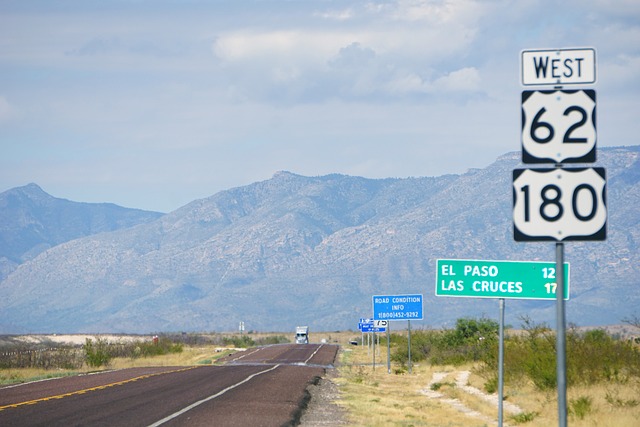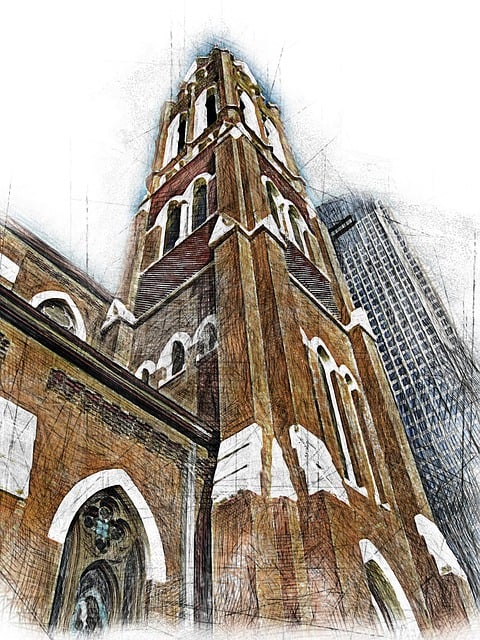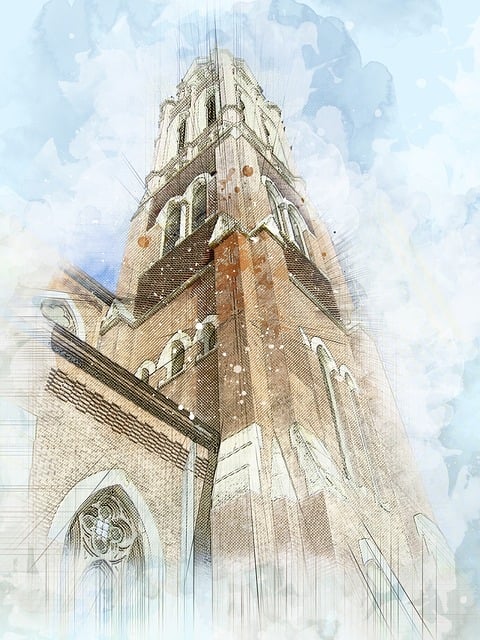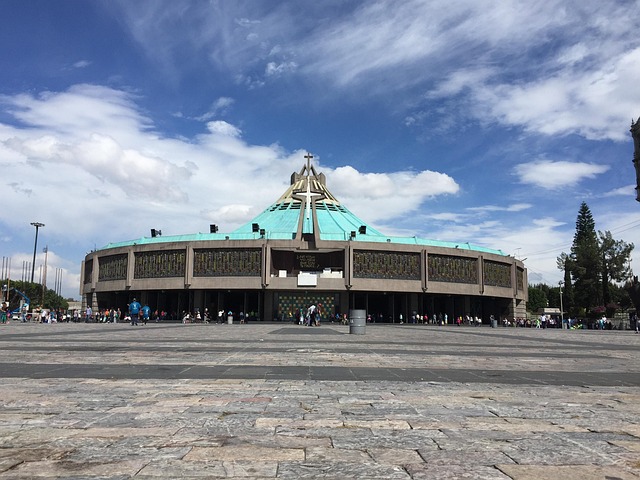Real estate transcends physical boundaries in diverse neighborhoods, becoming a living tapestry woven with history, culture, and community identity. Festivals, landmarks, and culinary traditions tell each area's unique story, fostering a strong sense of belonging among residents. By preserving cultural heritage through shared experiences, communities create a vibrant real estate scene that attracts outsiders seeking their distinct character. Developers now incorporate diverse cultural design elements into residential spaces, promoting social cohesion, economic development, and an enhanced quality of life in cities.
In vibrant communities across the globe, a rich cultural tapestry unfurls, weaving together traditions, histories, and diverse identities. This article explores how neighborhoods celebrate their unique heritage, from honoring ancient customs to shaping real estate that reflects their collective identity. We delve into the power of community-driven initiatives preserving cultural roots and the impact on local real estate markets, showcasing a harmonious blend of tradition and modern living.
Honoring Tradition: Unveiling the Cultural Heritage of Our Neighborhoods

In the vibrant tapestry of our neighborhoods, a deep sense of community is woven through the rich cultural roots that have been carefully tended over generations. Real estate goes beyond mere property; it embodies the history and identity of a place. By honoring tradition, we not only preserve our past but also create a strong foundation for future growth. Festivals, heritage sites, and culinary delights become the corners of a community’s story, inviting residents and visitors alike to immerse themselves in the unique culture that defines each neighborhood.
Community celebrations play a pivotal role in this narrative. They serve as platforms where families, friends, and neighbors gather to share stories, pass down traditions, and create new memories. These gatherings foster a deeper connection to our cultural heritage, ensuring that the roots of our communities remain strong and vibrant. Real estate, thus, becomes a canvas upon which the rich cultural tapestry of our neighborhoods is etched, making each place truly special.
The Power of Community: Cultivating Connections and Preserving Roots

In any vibrant community, the power of collective identity is undeniable. When residents come together, they create a unique tapestry of shared experiences and traditions that foster a strong sense of belonging. This is especially true for areas with rich cultural roots, where real estate isn’t just about brick and mortar; it’s about preserving a way of life. By celebrating their heritage, communities strengthen their social fabric, ensuring that the stories and customs of the past remain alive in the present.
The sense of connection cultivated through community events, festivals, and shared spaces allows residents to pass down traditions to younger generations, creating a living legacy. This intergenerational exchange not only preserves cultural roots but also enriches the local real estate experience by attracting visitors and outsiders who are drawn to the area’s unique character and charm.
Real Estate and Cultural Identity: Shaping Spaces that Reflect Our Diversity

In many communities, real estate goes beyond being just a place to live; it’s a tangible representation of cultural identity and heritage. When we talk about celebrating rich cultural roots, the built environment plays a pivotal role in telling the story of who we are as a diverse society. Real estate developers and architects have begun to recognize this, incorporating cultural design elements into residential spaces that resonate with various ethnic backgrounds and traditions. This shift not only enriches the urban landscape but also fosters a deeper sense of belonging among residents.
By integrating cultural motifs, historic references, and indigenous aesthetics into real estate projects, communities can create spaces that embrace their unique heritage while attracting individuals who share those values. Such initiatives contribute to the preservation of diverse cultural roots and promote social cohesion. Moreover, these design choices can drive economic development, attract tourists, and enhance the overall quality of life for residents, making our cities more vibrant and inclusive places to live.






